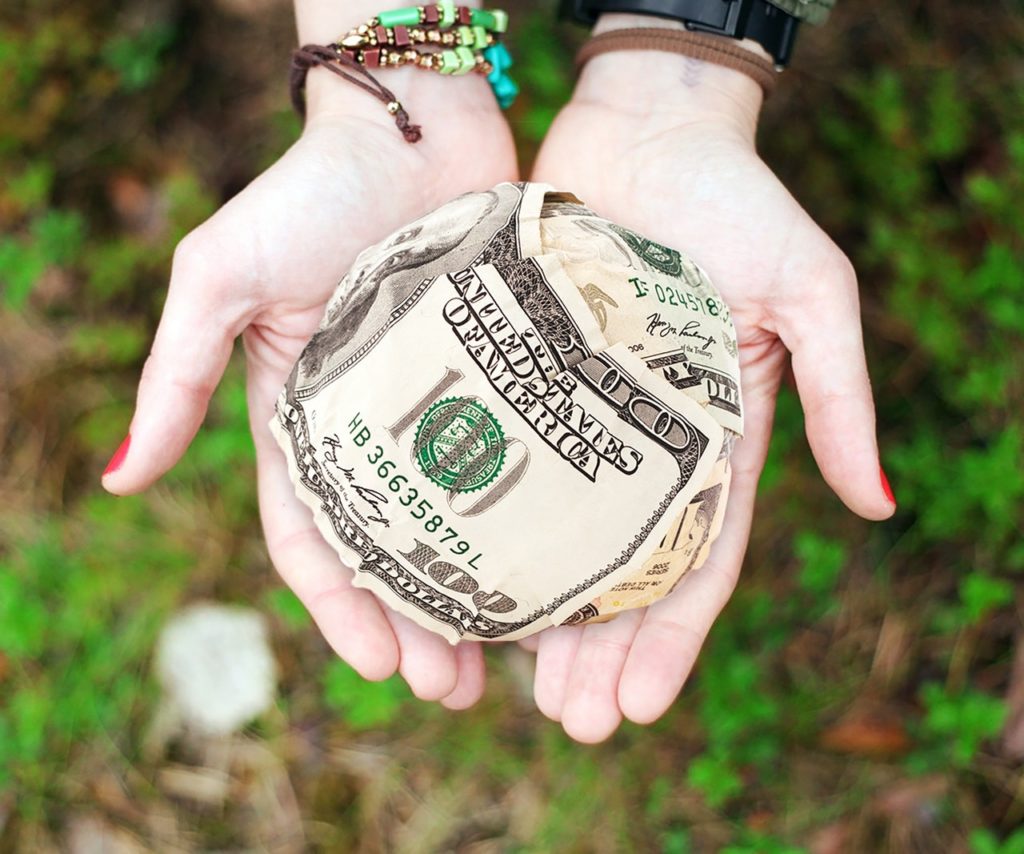How To Make an Emergency Fund
Every financial plan needs an emergency liquid fund. It can prevent you from overstretching your income and assets when the unexpected occurs. With some preparation and diligence, you can create a fund that’s ready for those harsher periods of life. It prevents you from getting into any unwarranted debt that only causes stress.

What Is an Emergency Fund?
An emergency fund is liquidity tucked away for use when something unexpected happens. For example, the fund can help pay the bills while you’re looking for a new job. The fund is a safety net that makes sure you come prepared when expensive ordeals happen. Aside from the job loss, other ways you can use it include:
- Illnesses
- Accidents
- Catastrophic events
- Economic downturn
Most emergency funds are in cash. People store them in different ways, like alternate savings accounts or keeping them at home. Another option for an emergency fund is assets. However, they need to be highly liquid, meaning you can sell them at any time to get the money you need.
Without an emergency fund, you might resort to borrowing. This will cost you more as you have to pay interest rates and other fees. You won’t need to rely on unsecured debt or credit card loans. It will also prevent you from taking money from other accounts like long-term investments and retirement funds.
Ideally, a financial emergency fund should have at least three months’ worth of expenses. The more you can store, the better it will be. Some experts even suggest saving up to a year’s worth of liquidity because of recent events like the pandemic.

How To Start a Personal Emergency Fund
Starting an emergency fund doesn’t have to be a complex process. All you need to do is to set aside money every time you receive your monthly income. The best way to do this is to track your spending. Check how much of your pay goes into the essentials like rent, food, and utility.
From there, see what remains and set aside a percentage of that into the fund. You can keep it at a consistent value and preserve your lifestyle. Even $20 a week can become $1000 within a year. That $1000 can be enough for an emergency.
As long as you’re setting aside money, you’ll be able to get to your goal. The first milestone would be to save at least three months’ worth of income as an emergency fund. From there, you can think about saving six months or a years’ worth.
You can also use the money you get from tax refunds and similar forms of income to accelerate your savings. Other examples of this are investment gains and business profits. If you want to build your personal emergency fund fast, you’ll need to make a few sacrifices. Missing take-out for one day of the week shouldn’t affect you that much.

Tips for Creating and Maintaining Your Emergency Fund
Trying to reach a year’s worth of income may seem intimidating, but it’s not impossible. The key is to find ways to make the saving process easier for you. Building a fund is mostly about your mental fortitude. Remain disciplined with setting money aside, and you’ll be fine. Here are some other things you can consider:
Use Automation
It can be tempting to spend a large amount of money that’s just sitting in your account. If your emergency fund is too easy to access, and you don’t trust yourself to keep it unspent, then you should adapt your methods. For example, you can automate transfers to your emergency fund account so that you can forget about its existence over time. You’ll only need to access it when it’s necessary.
Another option is to make your emergency fund harder to access. It may seem counterintuitive, but doing so can prevent you from spending the money on something else. Keep your account withdrawals over the counter, so you can’t withdraw from your nearest ATM.
Keep Your Debt and Spending in Line
If you plan on saving, you should be wary about getting into more debt. Opening a new credit card or taking out a loan may not be on the cards for now. If you add to your debt, you are reducing your spending power. You’ll have less money to put into the emergency fund.
Another avenue you need to look at is your expenses. We often spend money on things we don’t necessarily need. Some examples include:
- Entertainment
- Vices
- Hobbies
- Luxury Items
You don’t necessarily need to give them up, but try to spend less on them. Another option is to look for more affordable alternatives. Sometimes you’re paying more because of a brand rather than quality.
Maintain a Healthy Balance Between Saving and Spending
It can be easy to overcommit to spending and sacrifice too much in other areas. You’re likely saving for other things as well, and there might be costs you need to address at some point during the year. You don’t need to put too much money into savings. Stick to a number or a percentage. Even if you earn more during that month, having a limit will also serve you better in the long run.
That way, you can still have money for other things when you need them. Then, you’re slowly but surely building your emergency fund.

Final Thoughts
The best time to start an emergency fund is now. Set aside a small amount and then grow it over time after each pay cycle. You can save more now to accelerate your spending later. However, be mindful of over-saving and overspending. As long as you’re saving money, you’re making progress towards your future.
Also check out: Avoid These 5 Mistakes to Achieve Your Financial Goals in 2022







0 Comments